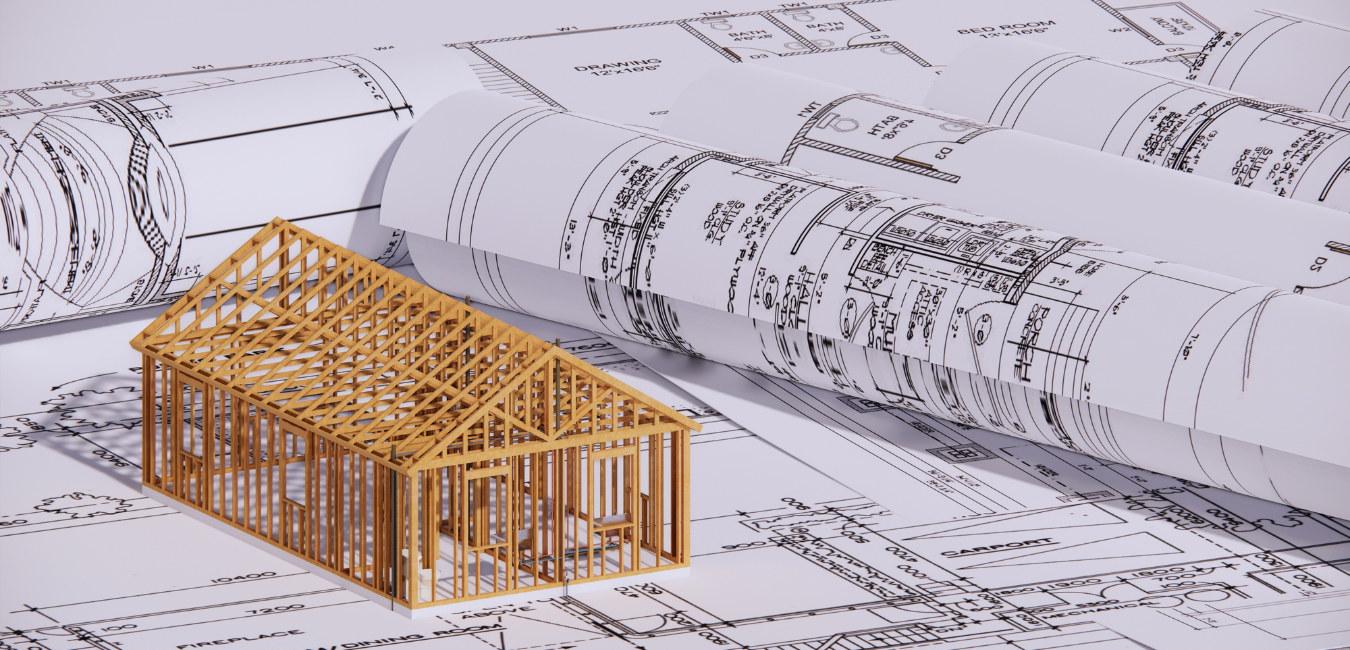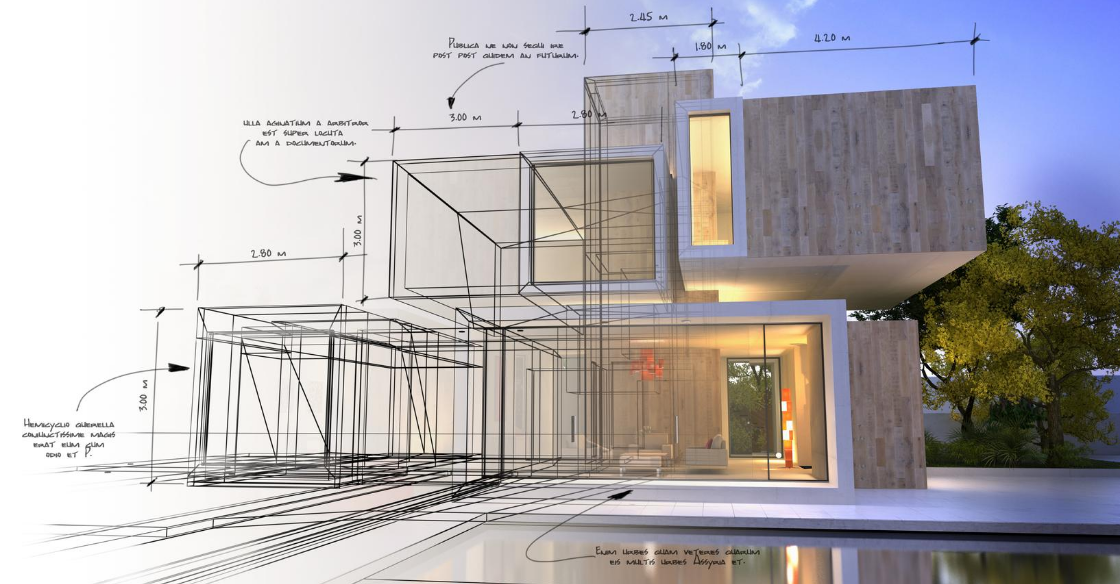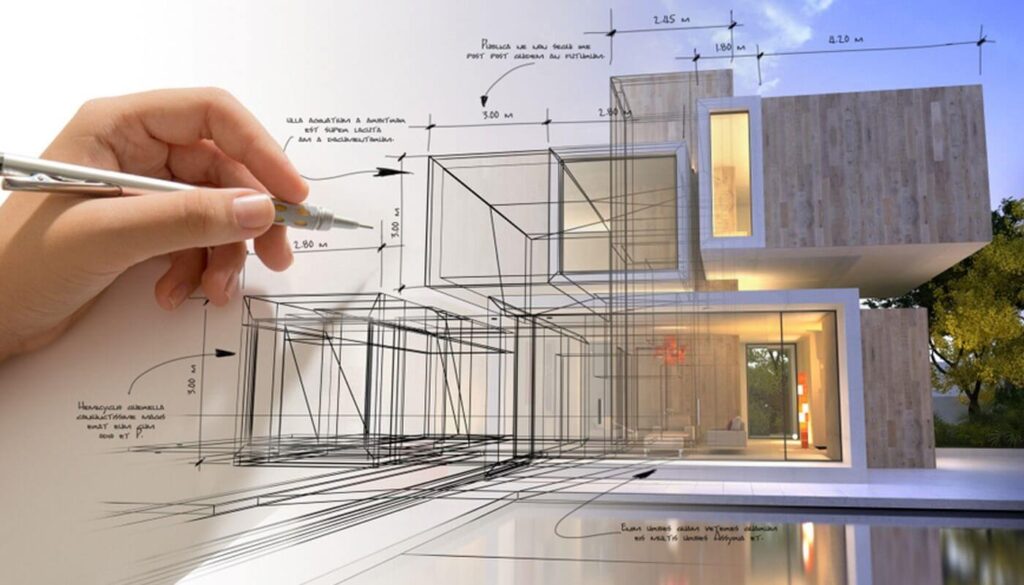How CDA Architects Integrate Imagination and Performance in Modern Style
How CDA Architects Integrate Imagination and Performance in Modern Style
Blog Article
A Thorough Review of Architectural Styles and Their Influence on Modern City Planning and Development
Architectural styles have long served as a mirror to the societal values and technological advancements of their time, playing a crucial function in forming contemporary city planning and advancement. From the splendour of Neoclassicism to the utilitarian approach of Brutalism, each design has actually presented one-of-a-kind concepts that affect metropolitan aesthetics and performance.
Historical Introduction of Building Designs

As cultures transitioned with the Middle Ages, Gothic style arised, defined by its verticality and elaborate detailing, matching the spiritual goals of the era. The Renaissance noted a resurgence of classic ideals, combining art and design in innovative means that affected subsequent designs across Europe.

Today, building styles remain to advance, driven by globalization and sustainability concerns, showing a vibrant interplay between heritage and technology. This historical introduction emphasizes the importance of style as a mirror of social evolution and as a driver for city development.
Key Architectural Styles Explained
The variety of building designs reflects the myriad influences that shape our developed setting, each personifying distinct qualities and cultural significances. Secret building styles consist of Classical, Gothic, Baroque, Modernism, and Postmodernism, each standing for distinct historic contexts and aesthetic ideologies.
Timeless design, rooted in ancient Greece and Rome, stresses symmetry, percentage, and the use of columns (cda architects). In comparison, Gothic design, growing in the center Ages, is identified by sharp arcs, ribbed safes, and flying buttresses, producing an ethereal quality in cathedrals. Baroque style, arising in the 17th century, is noted by majesty, intricate embellishment, and a vibrant interaction of light and shadow
Modernism, which gained momentum in the very early 20th century, focuses on function over type, utilizing new products like steel and glass to develop minimalist structures. Postmodernism, reacting versus the austerity of Innovation, accepts eclecticism and historical reference, often including lively aspects and irony.

Influence On Urban Planning
Fit the development of cities, building styles substantially influence metropolitan preparation decisions. The selection of architectural design often determines the visual appeals, capability, and overall personality of city environments. Modernism, with its emphasis on minimalism and capability, encourages open spaces and the combination of modern technology, shaping city designs that focus on performance and accessibility. On the other hand, standard designs might stress historic preservation, causing urban layouts that preserve social heritage and promote pedestrian-friendly environments.
In addition, building designs can influence zoning laws and land make use of plans. Urban organizers have to take into consideration the dominating building fads when making areas, making click certain that brand-new advancements balance with existing structures. This consideration fosters cohesive city landscapes and boosts area identification.
The application of particular architectural styles can additionally affect socioeconomic aspects within a city. Premium contemporary layouts may attract wealthy locals and businesses, leading to gentrification, while extra cost effective housing solutions could prioritize sensible and sustainable layouts to fit diverse populaces. cda architects. Ultimately, the interaction between building styles and metropolitan planning develops dynamic cities that mirror both historical context and modern needs, forming the lived experiences of their inhabitants
Sustainability and Modern Design
Building styles play an essential role in attending to contemporary difficulties, specifically in the realm of sustainability. As city areas expand and environmental concerns intensify, contemporary architecture progressively accepts lasting design principles that focus on energy effectiveness, source conservation, and marginal ecological effect.
Contemporary building movements, such as biophilic style and environment-friendly architecture, advocate for frameworks that integrate with their surroundings, using all-natural products and advertising biodiversity. These styles commonly include renewable resource resources, such as photovoltaic panels and wind generators, to reduce reliance on nonrenewable fuel sources and reduced carbon impacts.
In addition, the integration of sophisticated innovations, such as clever structure systems, boosts power management, optimizing resource usage while guaranteeing passenger convenience. Cutting-edge water monitoring approaches, including rain harvesting and greywater recycling, further add to sustainable urban environments.
Especially, sustainability expands past ecological worries; it includes social and economic dimensions. By fostering community well-being and advertising inclusivity, modern-day building styles align with sustainable development objectives. The advancement of building methods continues to form resistant cities that not only meet the demands of the existing but also guard the future for generations to come.
Neighborhood Engagement in Layout
Area interaction in design acts as a vital bridge in between architects and the populaces they serve, ensuring that the constructed atmosphere reflects the requirements and goals of its customers. This collective process welcomes community participants to add their understandings and choices, fostering a sense of ownership and duty toward the areas they inhabit.
Effective area interaction utilizes various methods, such as workshops, surveys, and public forums, to collect diverse viewpoints. These techniques facilitate a two-way discussion, permitting engineers to recognize regional contexts while encouraging residents to voice their issues and desires. additional hints This inclusivity not only enhances the style high quality yet additionally promotes social equity by dealing with the one-of-a-kind challenges faced by marginalized teams.
Furthermore, community engagement can result in ingenious remedies that may not arise in a conventional style procedure. By integrating local knowledge and social worths, engineers can develop rooms that reverberate even more deeply with customers, enhancing usability and sustainability. Inevitably, focusing on community interaction in layout procedures leads to settings that support social interactions, assistance well-being, and strengthen area ties, thereby playing a critical function fit modern metropolitan landscapes.
Verdict
Building designs have actually profoundly affected contemporary city planning and development, mirroring progressing cultural and technological contexts. The integration of historic appearances with modern needs fosters urban atmospheres that prioritize sustainability and neighborhood engagement. As cities remain to expand and adapt, the recurring discussion in between building heritage and you can try here modern-day design concepts will certainly stay important in creating inclusive, vivid spaces that improve lifestyle and advertise social equity. The future of metropolitan growth hinges on this unified equilibrium.
Report this page